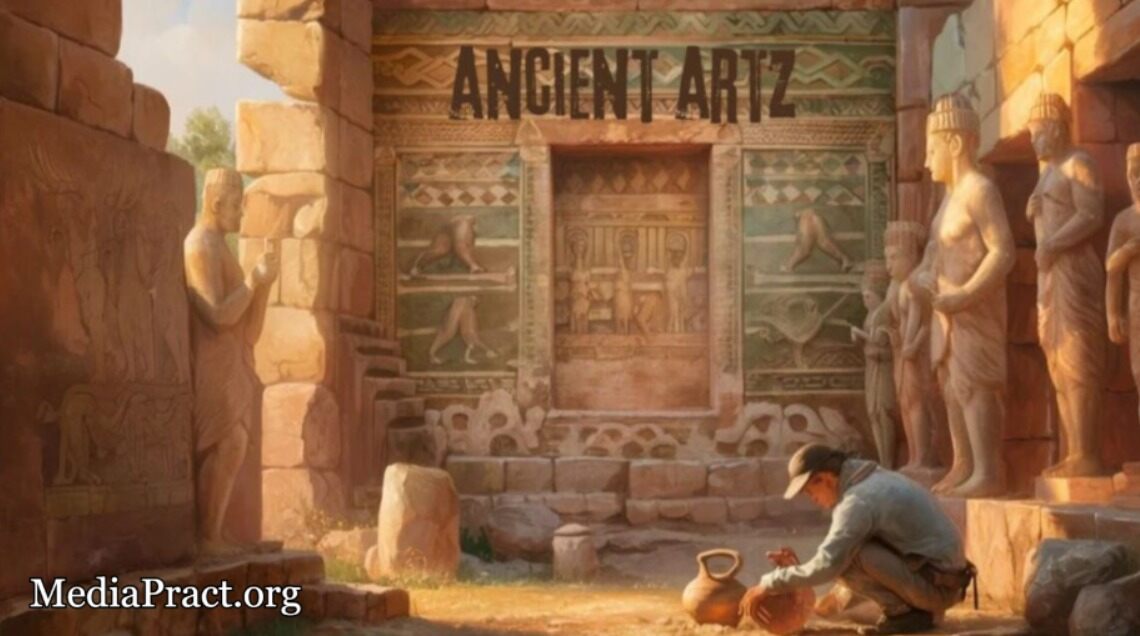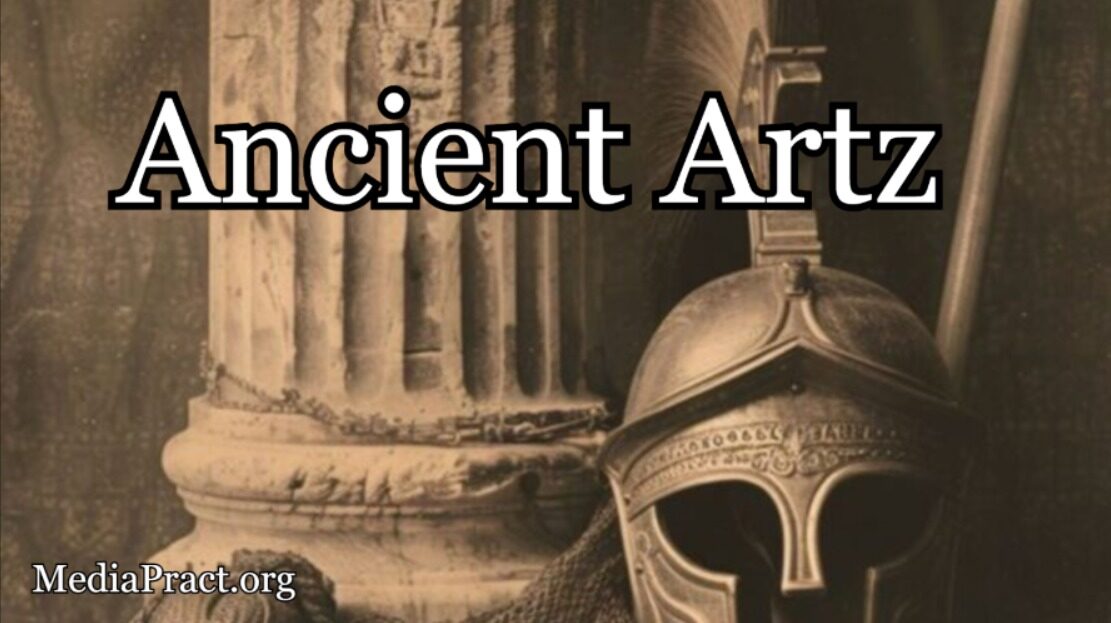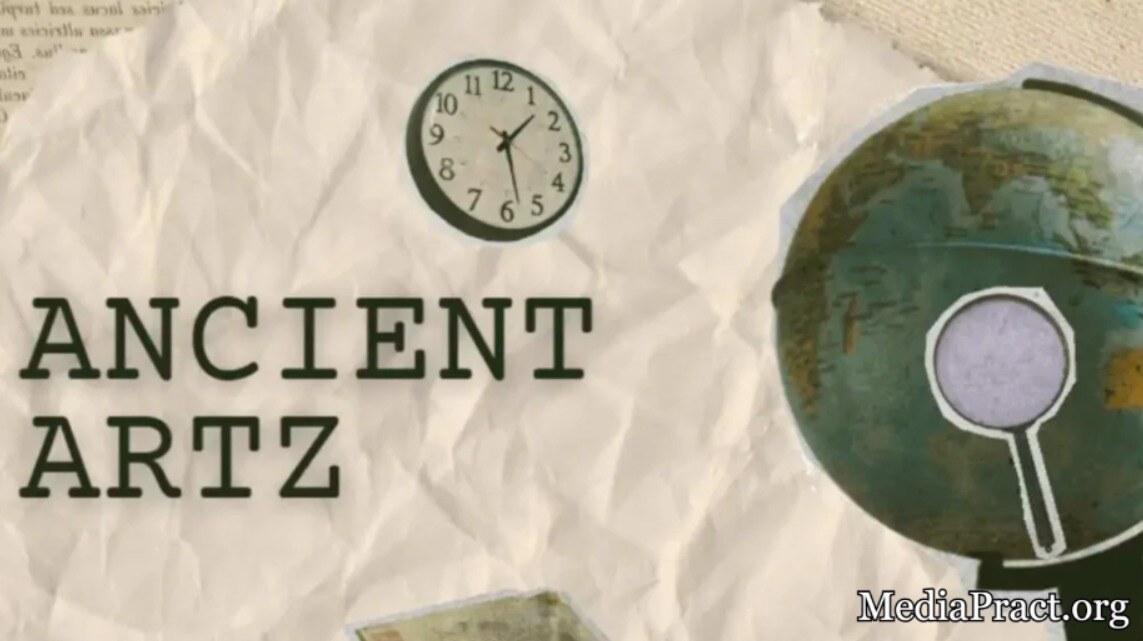Introduction
Ancient artz stands as a testament to the creativity, culture, and beliefs of early civilizations. It provides valuable insight into the lives of people who lived thousands of years ago and showcases the artistic evolution that shaped modern artistic expressions.
From cave paintings to grand sculptures, ancient art spans multiple continents and cultures, each telling a unique story of human ingenuity.
The Significance of Ancient Artz

Ancient artz is more than just aesthetic expression; it is a historical record that reflects the traditions, religious practices, and socio-political landscapes of bygone eras.
Art was a means of communication before the advent of writing, preserving myths, rituals, and daily life activities. Whether through Egyptian hieroglyphics, Greek pottery, or Mesopotamian reliefs, ancient art has helped historians reconstruct human history.
Major Civilizations and Their Artistic Contributions
1. Prehistoric Art: The Dawn of Creativity
Prehistoric art includes some of the earliest known artistic expressions. These artworks are mostly found in caves and depict animals, human figures, and abstract symbols.
Notable Examples:
- Cave Paintings of Lascaux, France – Estimated to be over 17,000 years old, these paintings depict bulls, deer, and horses, showcasing early humans’ connection with nature.
- Venus Figurines – Small sculptures, such as the Venus of Willendorf, symbolizing fertility and motherhood.
2. Mesopotamian Artz: The Cradle of Civilization
Mesopotamia, often referred to as the “Cradle of Civilization,” produced intricate art reflecting power and religious devotion.
Notable Examples:
- The Standard of Ur – A wooden box inlaid with lapis lazuli and shell, depicting scenes of war and peace.
- Stele of Hammurabi – A basalt monument inscribed with one of the first recorded legal codes.
3. Egyptian Art: A Legacy of Eternity
Egyptian art is renowned for its grandeur and symbolism, often tied to religious and funerary practices.
Notable Examples:
- The Great Sphinx of Giza – A colossal limestone statue symbolizing strength and wisdom.
- Tomb Paintings of Pharaohs – Scenes depicting the journey to the afterlife, emphasizing Egyptian beliefs in immortality.
4. Greek Art: The Birth of Classical Beauty
Greek art laid the foundation for Western aesthetics, emphasizing realism, proportion, and humanism.
Notable Examples:
- The Parthenon – A temple dedicated to Athena, showcasing Doric architecture.
- The Venus de Milo – A celebrated sculpture of Aphrodite, exemplifying idealized beauty.
5. Roman Artz: A Blend of Realism and Grandeur
Roman art built upon Greek traditions while incorporating its own innovations in portraiture and engineering.
Notable Examples:
- The Colosseum – A masterpiece of Roman engineering and architectural grandeur.
- Roman Frescoes – Detailed wall paintings found in Pompeii and Herculaneum, preserving daily life scenes.
6. Chinese Art: The Harmony of Nature and Spirituality
Ancient Chinese art reflects philosophical and spiritual ideologies, focusing on harmony and balance.
Notable Examples:
- Terracotta Army – Thousands of life-sized statues guarding the tomb of China’s first emperor, Qin Shi Huang.
- Silk Paintings – Intricate depictions of landscapes, mythology, and calligraphy.
7. Indian Art: A Fusion of Devotion and Aesthetics
Ancient Indian art is deeply intertwined with religion, from Hindu and Buddhist sculptures to intricate temple architecture.
Notable Examples:
- Ajanta Caves – Buddhist murals and sculptures depicting Jataka tales.
- Nataraja Statue – A bronze sculpture of Lord Shiva performing the cosmic dance.
8. Mesoamerican Art: Rituals and Symbolism
Mesoamerican civilizations like the Maya, Aztecs, and Olmecs created highly symbolic and ritualistic art.
Notable Examples:
- Mayan Codices – Illustrated manuscripts recording history, astronomy, and rituals.
- Aztec Sun Stone – A massive carved calendar representing cosmic cycles.
Artistic Techniques and Materials

Ancient artists utilized a variety of techniques and materials to create their masterpieces:
- Stone Carving – Used for statues, reliefs, and monuments (e.g., Egyptian obelisks).
- Fresco Painting – Applied on wet plaster walls, as seen in Roman and Minoan art.
- Metalwork – Bronze and gold sculptures (e.g., Chinese bronze vessels).
- Pottery – Decorative vases and amphorae in Greek and Mesoamerican cultures.
- Textiles – Woven tapestries and embroidered garments in ancient Peru and China.
The Influence of Ancient Artz on Modern Culture
Ancient artz continues to inspire modern artists, architects, and designers. Many artistic movements, such as the Renaissance and Neoclassicism, drew heavily from Greek and Roman art. Museums and galleries worldwide showcase ancient art, preserving its legacy for future generations.
Conclusion
Ancient artz is a window into humanity’s past, capturing the essence of cultures long gone. Its influence transcends time, shaping artistic traditions and cultural identities worldwide. As we continue to uncover and study ancient artworks, they remain a timeless source of inspiration, connecting us with our ancestors and enriching our understanding of human civilization.





















+ There are no comments
Add yours